Experience
This one-day program allows visitors the opportunity to learn about Bizen Ware in Bizen City (Okayama Prefecture) and enjoy strolling through the town of Imbe and ruins of kilns with Bizen craftsmen. Learn how Bizen Ware is made at the pottery, observe the craftsman’s techniques close up, and try your hand at using a potter’s wheel.
*Unfortunately, because pieces crafted on the potter’s wheel during this interactive experience cannot be dried and fired before the end of the experience, they are too fragile to transport without risk of damage. Instead, each visitor is welcome to choose a finished piece produced at the pottery to take home as a souvenir.
Enjoy food
The program includes a delicious lunch featuring local ingredients prepared by a restaurant recommended by the craftsman and brought to the pottery to be served on Bizen Ware. You’ll enjoy eating lunch while chatting with the craftsman.
About Bizen Ware
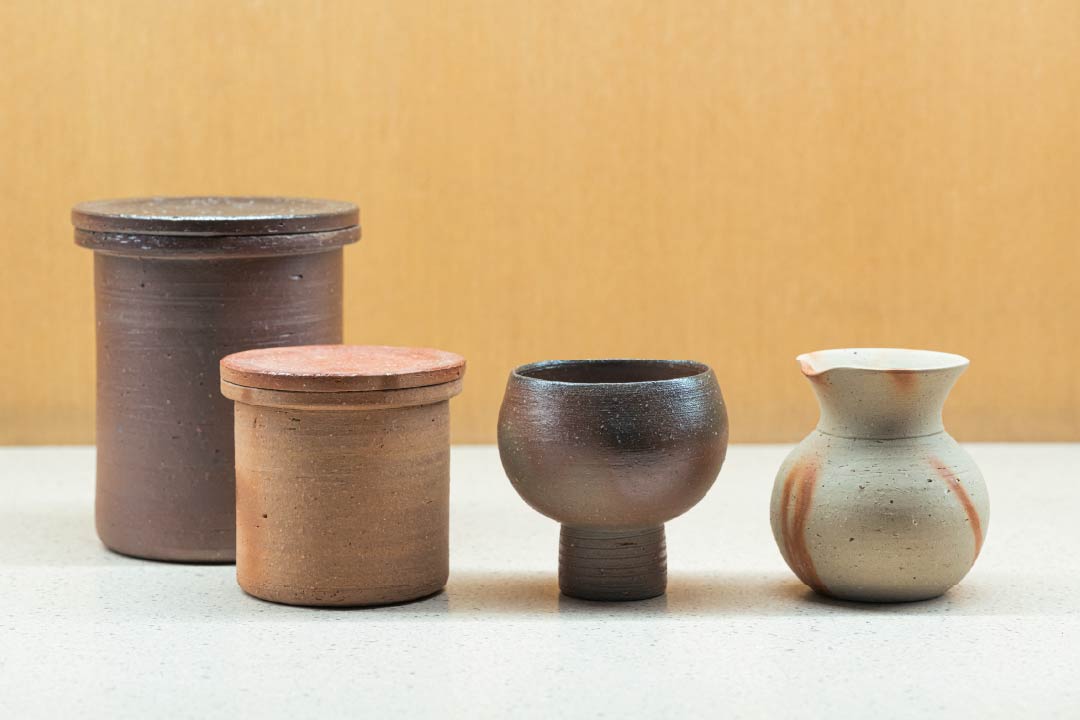
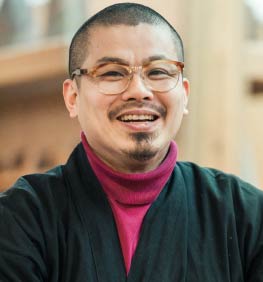
Bizen Ware Pottery ICHIYO-GAMA – Bizen Ware Craftsman KIMURA Hajime
KIMURA Hajime was born in Imbe, Bizen City in 1976. He is a direct descendant of KIMURA Chojuro Yukei, founder of one of the six major Bizen Ware potteries supported by the Ikeda Clan. KIMURA Ichiyo, the second son of the 13th generation KIMURA Chojuro Yukei, opened ICHIYO-GAMA (pottery). From an early age, Hajime learned to make Bizen Ware from his father KIMURA Kozo at ICHIYO-GAMA.
With a focus on tableware, Hajime strives to create practical pieces that highlight the characteristics of Bizen Ware. He loves everything about cooking and has a special interest in the pairing of different ingredients.
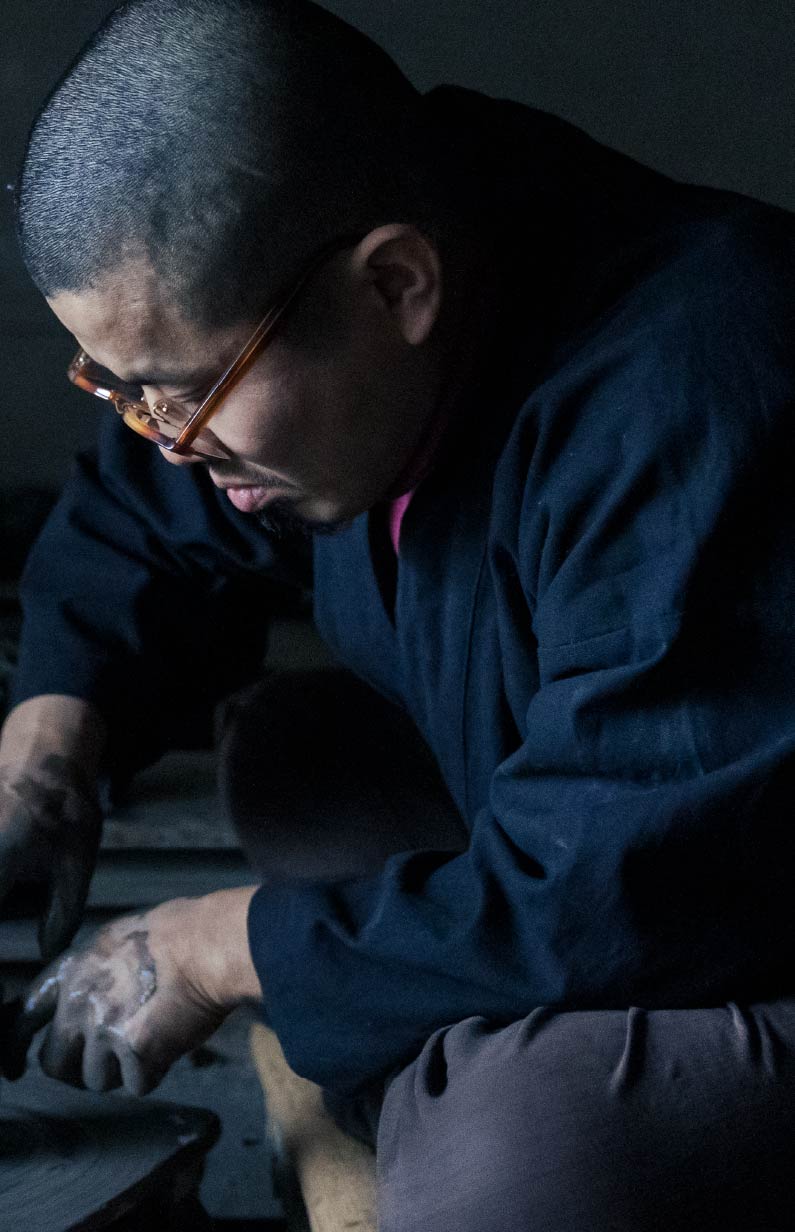
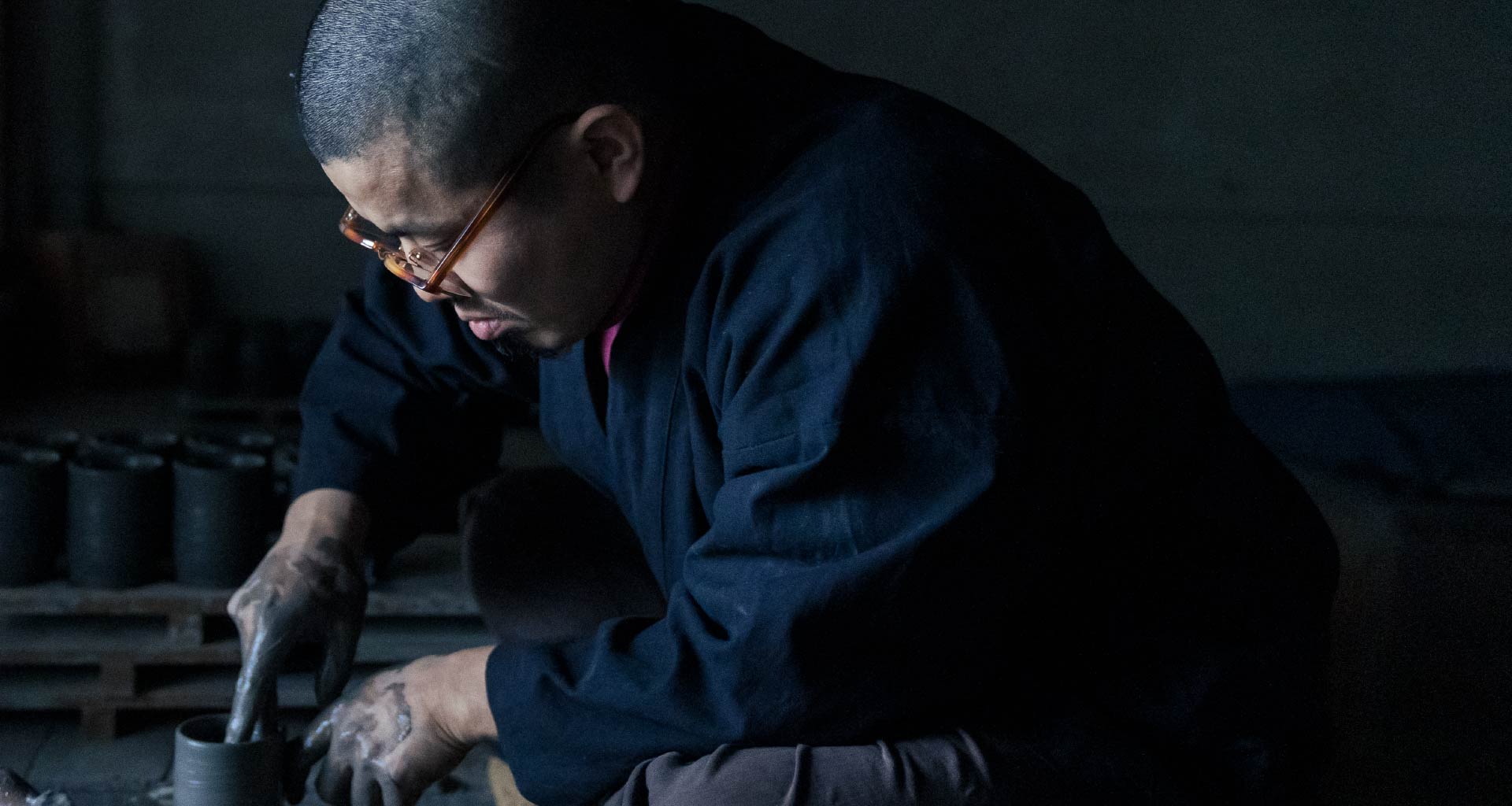


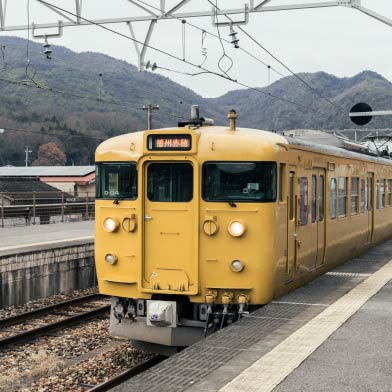
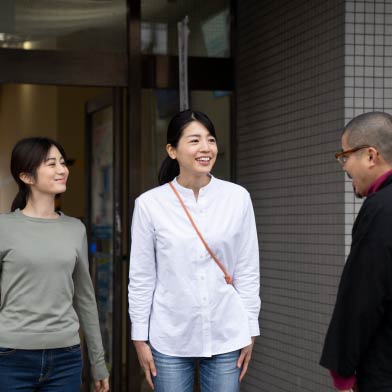
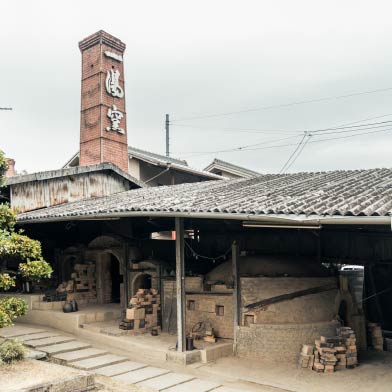
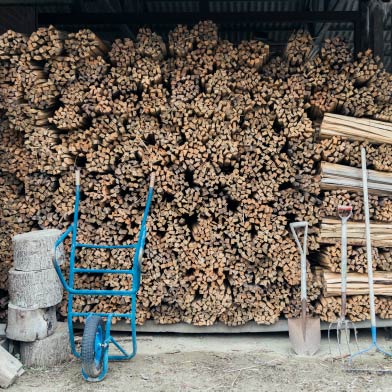
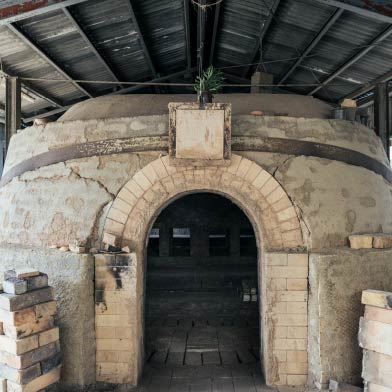
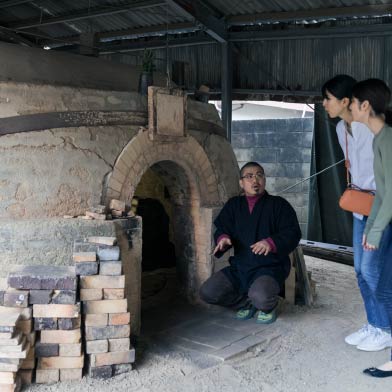
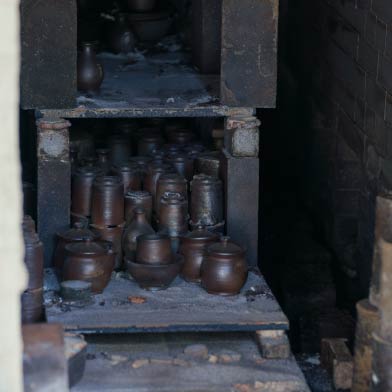
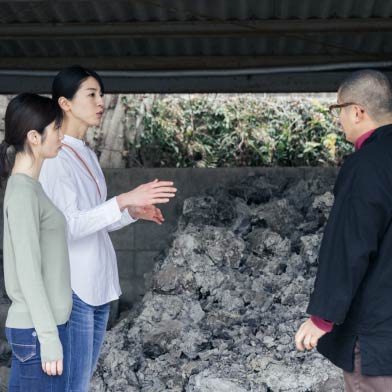
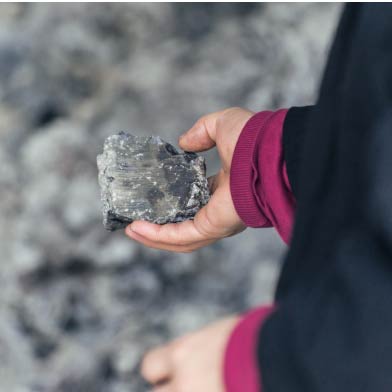
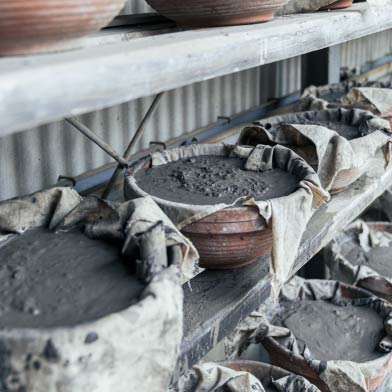


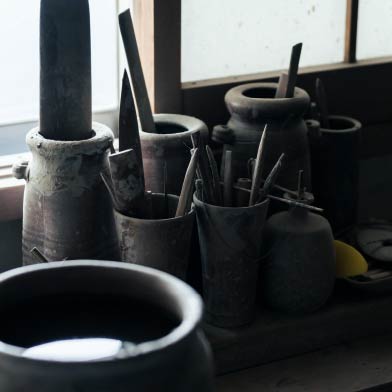
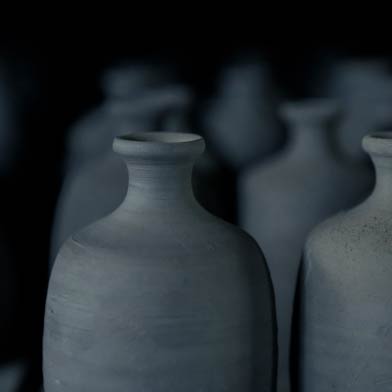

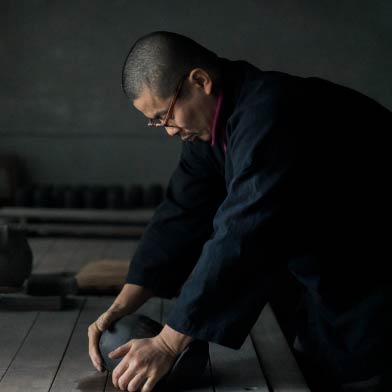
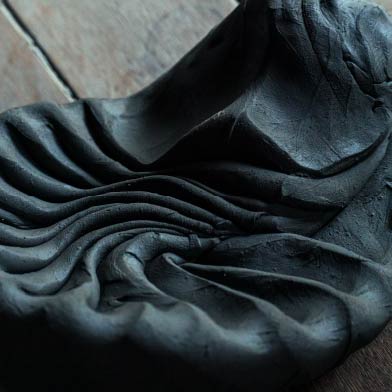
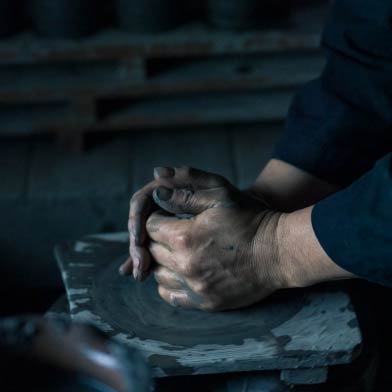
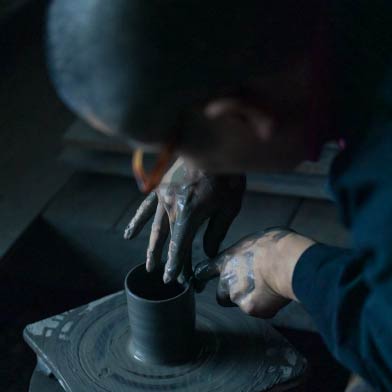
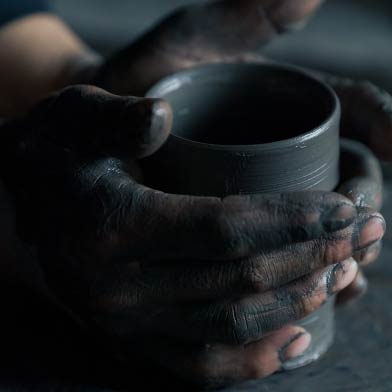
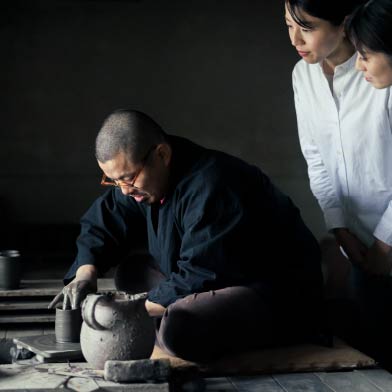
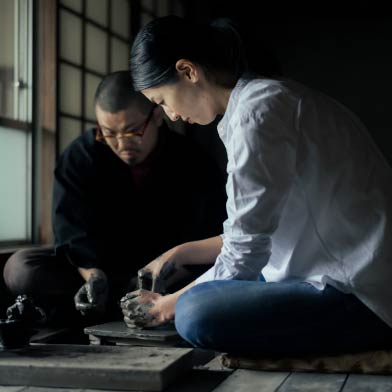
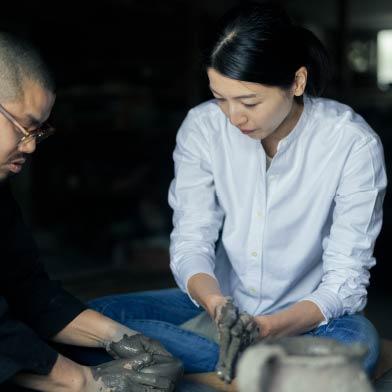
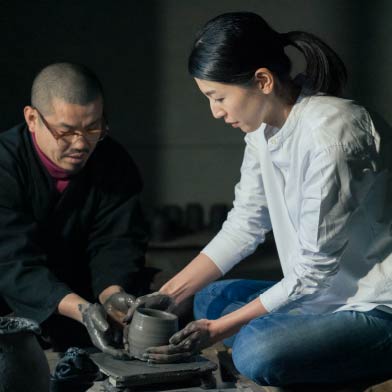
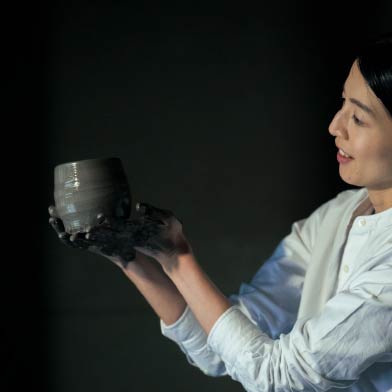
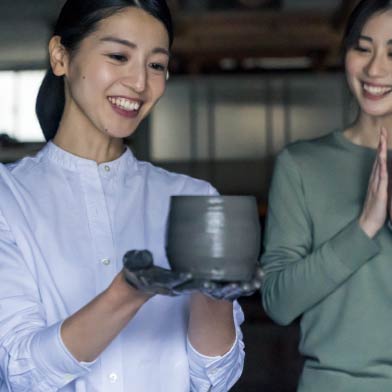
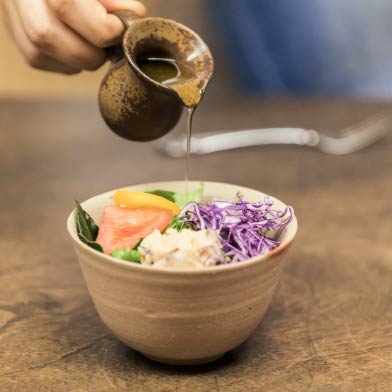
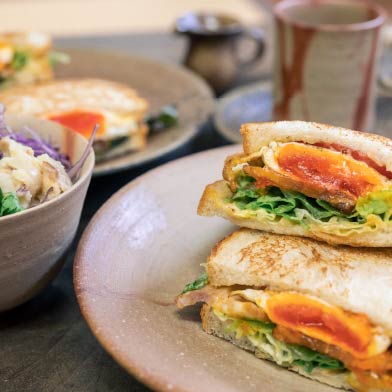
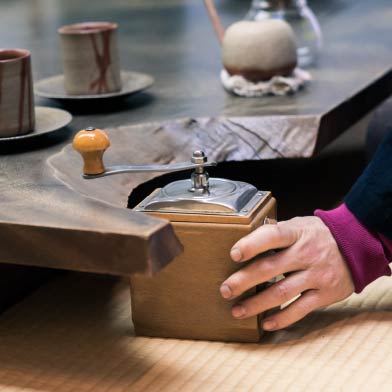
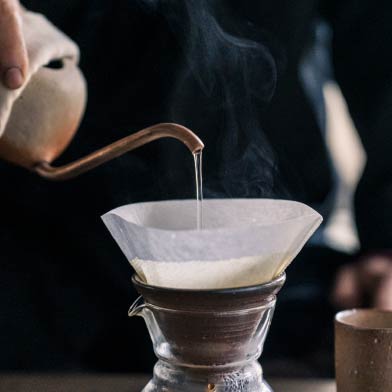
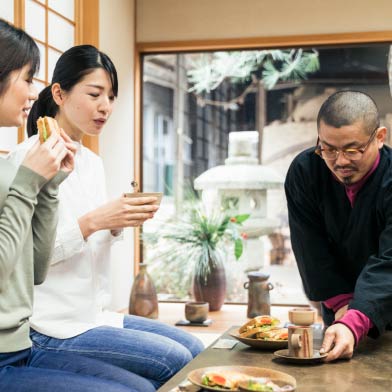
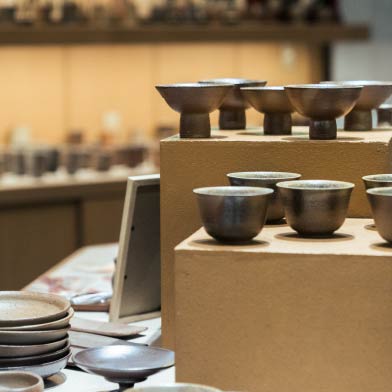
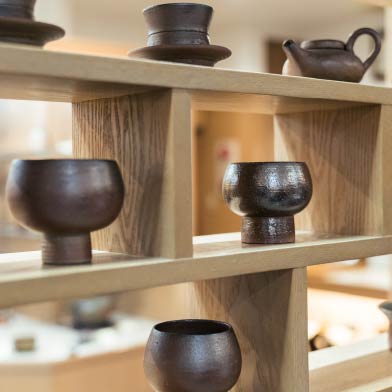
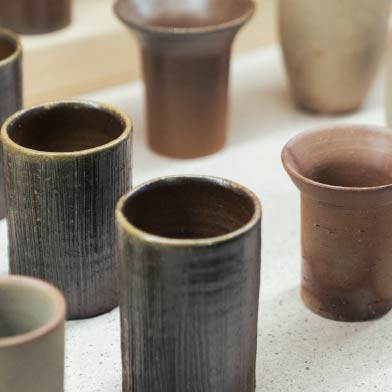
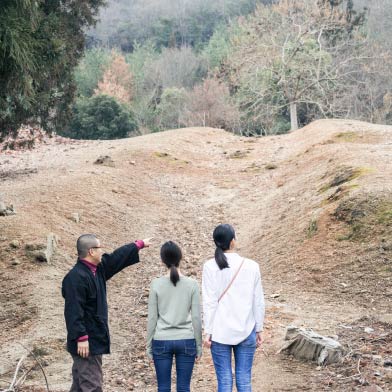
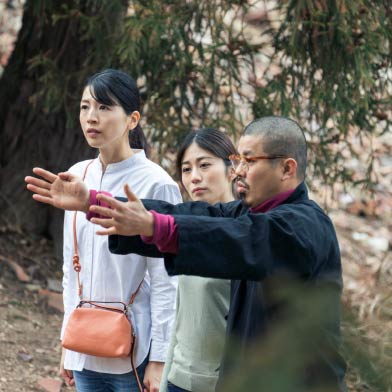
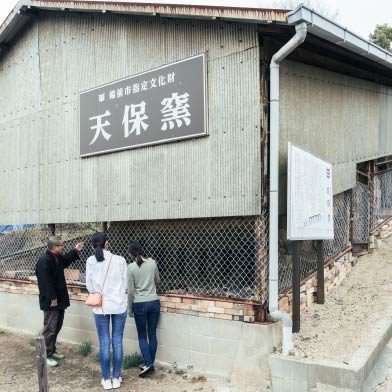
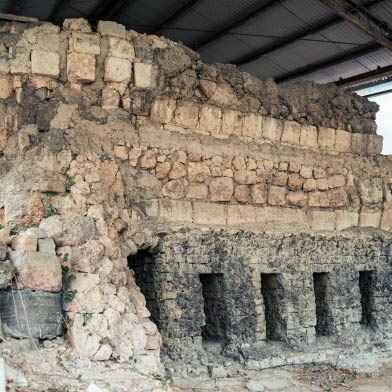

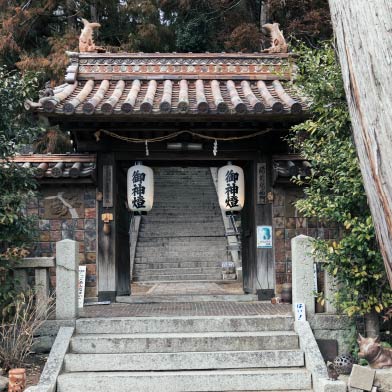
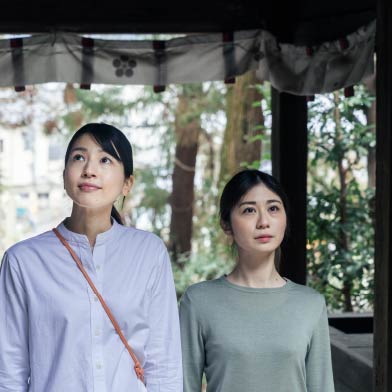
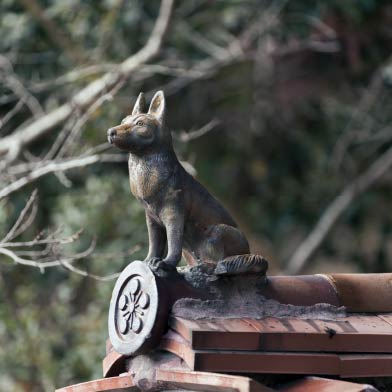
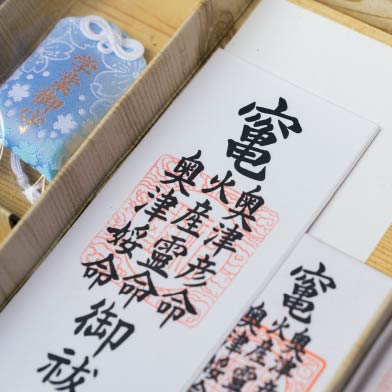
Bizen Ware, produced in one of six ancient kilns in Japan, is made in Bizen City (Okayama Prefecture). Bizen Ware takes advantage of the extremely fine texture and high iron content of the clay from the area.
Each piece is handcrafted or formed on a potter’s wheel, dried, and fired without glaze at temperatures exceeding 1,200 degrees C. This produces pottery that’s so strong it is often said that it won’t break even if you throw it. The color of Bizen Ware changes depending on the ingredients of the clay, temperature of the kiln and the location of the piece in the kiln, and features of ash. This means that no two pieces are the same.
The long history of Bizen Ware began with the Sueki Earthenware made by potters who came from Korea from the late Kofun Period (about 250-600) to the Nara (710-794) and Heian Periods (794-1192). These potters fired their pieces at high temperature in cellar kilns built on mountain slopes.
In the late Heian Period, makers of Bizen Ware shifted production to earthenware pots and jars intended for use by the general public.
In the Edo Period (1603-1868), Bizen Ware regulated by the domain to improve the system of production, and Bizen Ware spread nationwide.
In 1956, Bizen potter KANESHIGE Toyo, whose work has been recognized not only in Japan, but also overseas, was designated an Important Intangible Cultural Property holder (Living National Treasure).
Bizen Ware has continued to evolve along with the times while retaining its practical appeal and natural warmth.
Bizen Ware has fine internal pores that increase heat retention and help generate foam. It promotes gradual fermentation for miso and retains the head on beer.
With a history stretching back 1,000 years, Bizen Ware has developed both a practical and esthetic charm as a unique art created from earth and fire.
More than 300 potteries exist in Bizen City, and each offers uniquely individual pieces.